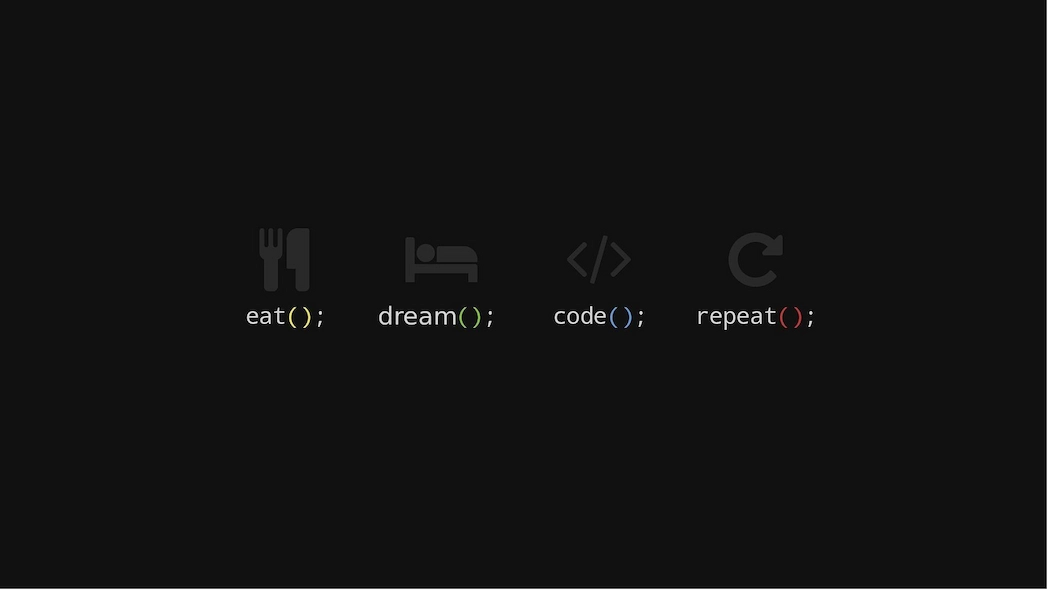


Perl Compatible Regular Expressions (PCRE) are a type of regular expression syntax and engine that follows the powerful and flexible style of the Perl programming language. They offer advanced features that go beyond the basic regular expressions found in many older systems.
Perl was one of the first languages to introduce highly expressive regular expressions. The PCRE library was created to bring those capabilities to other programming languages and tools, including:
Python (similar via the re module)
JavaScript (with slight differences)
pcregrep (a grep version supporting PCRE)
Editors like VS Code, Sublime Text, etc.
✅ Lookahead & Lookbehind:
(?=...) – positive lookahead
(?!...) – negative lookahead
(?<=...) – positive lookbehind
(?<!...) – negative lookbehind
✅ Non-greedy quantifiers:
*?, +?, ??, {m,n}?
✅ Named capturing groups:
(?P<name>...) or (?<name>...)
✅ Unicode support:
\p{L} matches any kind of letter in any language
✅ Assertions and anchors:
\b, \B, \A, \Z, \z
✅ Inline modifiers:
(?i) for case-insensitive
(?m) for multiline matching, etc.
(?<=\buser\s)\w+This expression matches any word that follows "user " using a lookbehind assertion.
PCRE are like the "advanced edition" of regular expressions — highly powerful, widely used, and very flexible. If you're working in an environment that supports PCRE, you can take advantage of rich pattern matching features inspired by Perl.
The Catalyst Framework is a flexible and powerful web framework for Perl. It enables the development of scalable and maintainable web applications and follows the Model-View-Controller (MVC) design pattern.
✅ MVC Architecture – Clear separation of business logic, presentation, and data management
✅ Flexibility – Supports various templating systems and ORM solutions like DBIx::Class
✅ Extensibility – Many plugins and modules available
✅ Asynchronous Capabilities – Can be integrated with event-driven architectures
✅ REST APIs & WebSockets – Support for modern web technologies
Perl is a powerful, flexible, and versatile programming language, originally designed for text processing and system administration. The name stands for "Practical Extraction and Report Language", though this was a retroactive acronym.
✅ Dynamic & flexible – Perl is not strictly typed and supports multiple programming paradigms.
✅ Strong in text processing – Ideal for regular expressions, data manipulation, and parsing.
✅ Cross-platform – Runs on Windows, Linux, macOS, and more.
✅ Large community & CPAN – The Comprehensive Perl Archive Network (CPAN) offers thousands of ready-to-use modules and extensions.
✅ Use cases – Commonly used for web development (CGI scripts), system administration, network programming, and data analysis.
#!/usr/bin/perl
use strict;
use warnings;
print "Hello, World!\n";